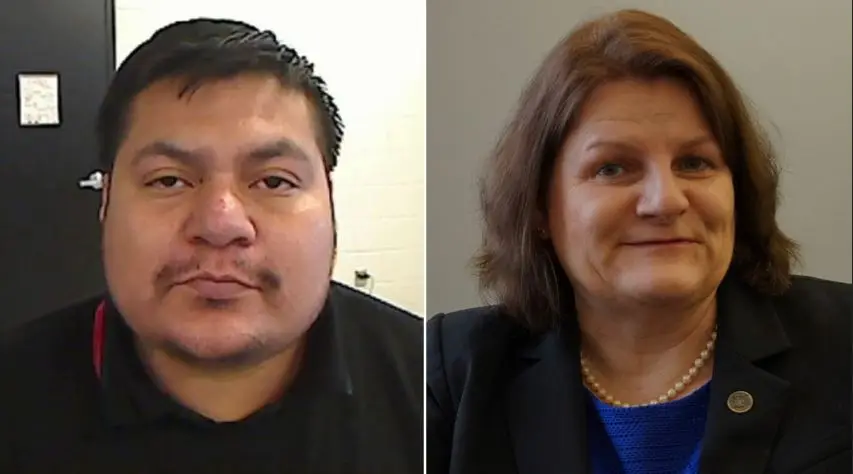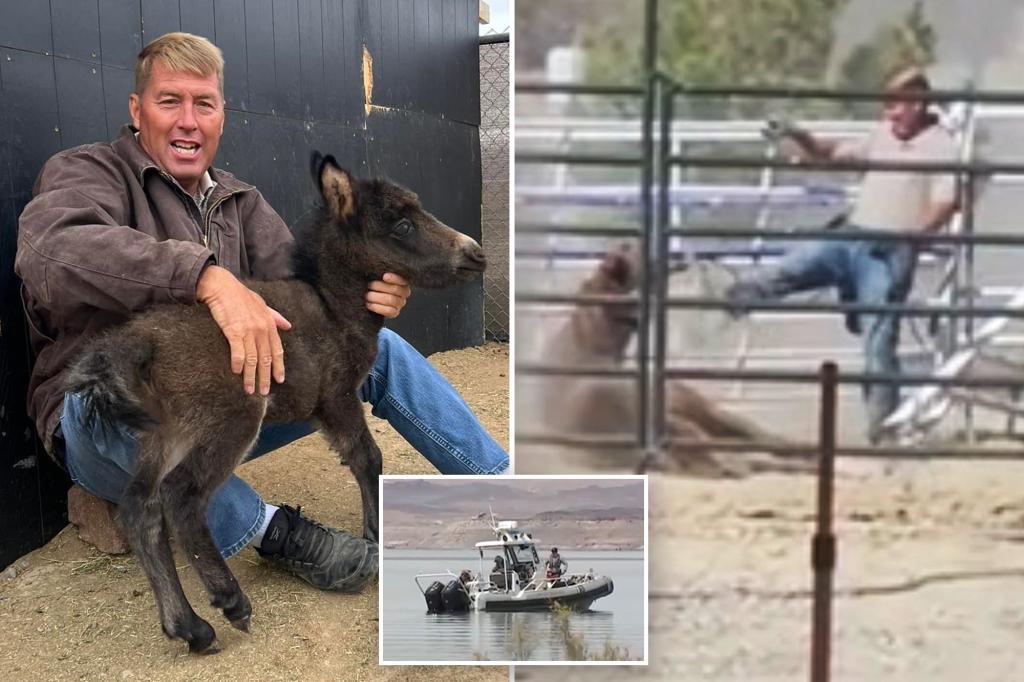Inside the Shadows: A Freed Hostage’s Harrowing Account of Life in a Hamas Tomb
In a world often overshadowed by conflict, the stories of those who endure the unthinkable offer a glimpse into the resilience of the human spirit. Recently, an Israeli hostage, newly freed from captivity, shared a chilling firsthand account of life in a Hamas-operated underground facility. This narrative not only highlights the harrowing conditions of such confinement but also serves as a testament to the strength and perseverance of individuals facing unimaginable adversity.
Captivity: A Descent into Darkness
Imagine being taken from your everyday life, plunged into a nightmarish reality where hope flickers like a dying candle. For the freed hostage, who wishes to remain anonymous for safety reasons, this was the stark reality. Captured during a raid in southern Israel, the individual was transported to a hidden Hamas hideout, a so-called “tomb” that became a prison.
The conditions within this underground lair were nothing short of horrific. The hostage described the space as cramped and suffocating, barely allowing room to sit up. With little air circulation, the stench of fear and despair permeated the environment. The psychological toll was as significant as the physical constraints. Days turned into weeks, and weeks into a blurred memory of captivity. The mental strain of isolation and uncertainty gnawed at the edges of sanity.
Life in the Tomb: Daily Struggles
Each day unfolded with a disheartening routine. The captors, masked and armed, dictated every moment. The hostage recounted harrowing episodes of fear and intimidation, where any act of defiance was met with severe consequences. Meals were sparse, often consisting of stale bread and water. The absence of basic hygiene facilities added to the degradation of dignity.
- Isolation: The hostage was kept away from any form of communication with the outside world, heightening the sense of helplessness.
- Physical Deprivation: Limited access to food and water led to a significant decline in health.
- Mental Turmoil: The constant fear of violence and death loomed over every moment.
Resilience in the Face of Despair
Despite the harrowing conditions, the human spirit proved remarkable. The freed hostage described moments of inner strength that emerged during the darkest hours. Instead of succumbing to despair, there were attempts to find solace in small victories—counting the days, recalling fond memories, and even whispering prayers in the silence of the tomb.
“In the darkness, I learned the true meaning of hope,” the hostage shared. “It was a flicker, but it was enough to keep me going.” This resilience became a lifeline, helping to stave off the overwhelming despair and maintain a sense of identity amidst the chaos.
The Role of the International Community
The plight of hostages often raises questions about the role of international diplomacy and humanitarian efforts. In recent years, there has been an increased push for awareness regarding the treatment of hostages in conflict zones. Organizations and governments worldwide are advocating for policies that prioritize the safety of civilians caught in crossfire.
Experts in conflict resolution emphasize the importance of dialogue and negotiation. “Every hostage situation is unique, but the fundamental goal remains the same—ensuring the safety and well-being of the individuals involved,” said Dr. Miriam Goldstein, a scholar in international relations. The international community must unite in their efforts to prevent such atrocities and support those who have suffered.
Recovering from Trauma: The Path Ahead
For the freed hostage, the journey is just beginning. The effects of trauma can linger long after physical captivity ends. Support from mental health professionals, family, and community resources is vital for recovery. Engaging in therapy, sharing experiences, and connecting with others who have faced similar challenges can aid in the healing process.
“It’s not just about surviving the captivity; it’s about finding a way to live again,” the hostage remarked. “I want to turn this pain into purpose.” Many survivors of similar experiences choose to share their stories, advocating for peace and understanding while working towards preventing future hostilities.
Shining a Light on Hostage Situations
The account of this freed hostage serves as a powerful reminder of the human capacity for resilience and the importance of advocacy. As the world reflects on the stories of those trapped in the shadows of conflict, it becomes crucial to address the broader implications of hostage situations. Understanding the psychological, social, and political dimensions can contribute to more effective responses and solutions.
- Public Awareness: Raising awareness about the plight of hostages can pressure governments to act more decisively.
- Policy Change: Advocating for policies that protect civilians in conflict zones is essential.
- Support Systems: Creating robust support networks for survivors can facilitate their reintegration into society.
Conclusion: A Call for Humanity
As we delve into the shadows cast by conflict, the testimony of a freed hostage shines a light on the resilience of the human spirit. Their experience, marked by suffering and survival, underscores the necessity of compassion, understanding, and action. It is a reminder that while the circumstances may be dire, the human capacity for hope and recovery is boundless.
In the end, the stories of those who endure the unthinkable must not be forgotten. They are a call to humanity, urging us to strive for a world where no one has to face the darkness alone. The journey towards peace and understanding begins with each of us, as we work together to illuminate the shadows.
See more Update My News



